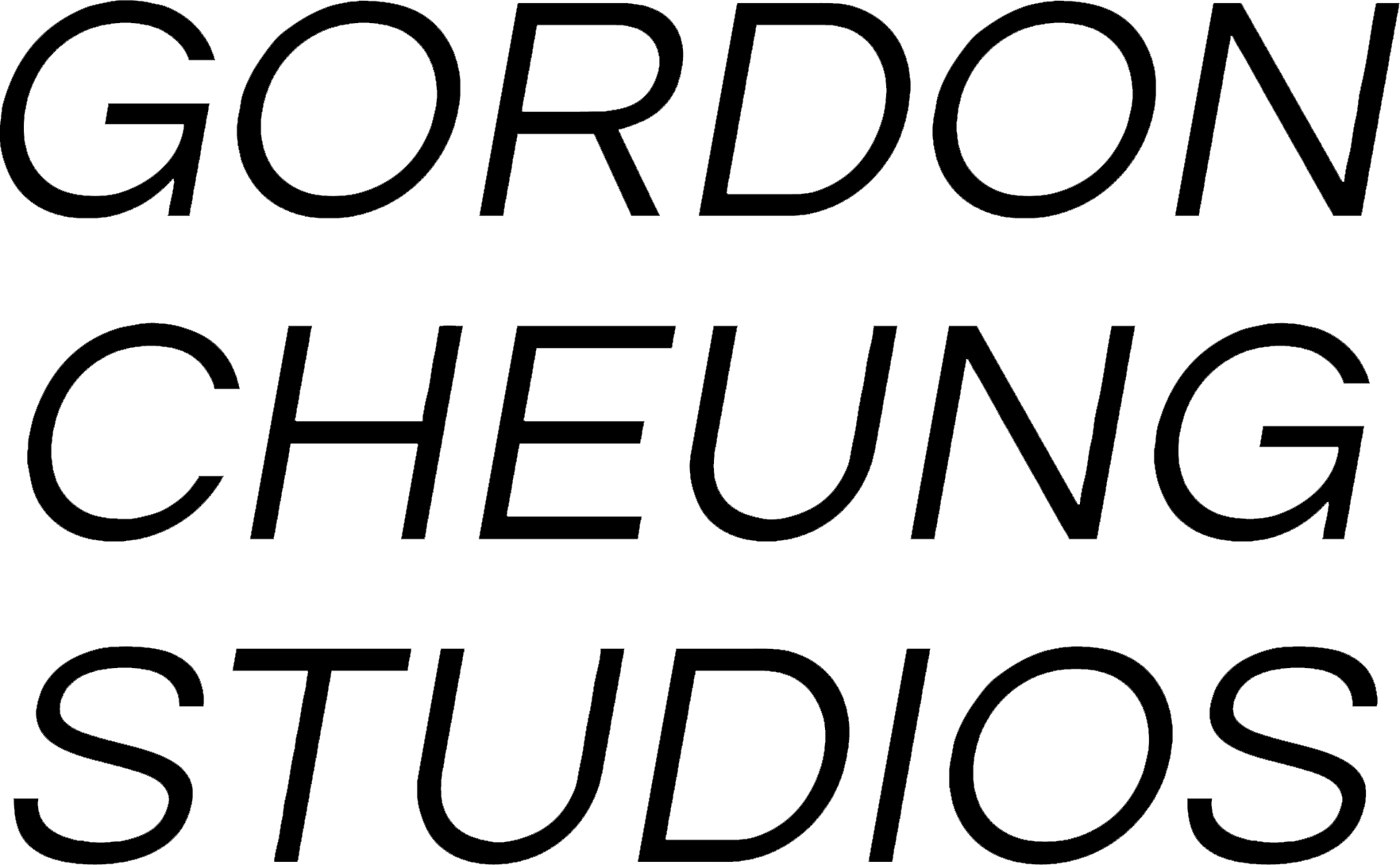Pleased to have recorded 'Bridging the Gap – Gordon Cheung's Megalopolis' – a podcast interview with Herbert Art Gallery and Museum.
How do landscape paintings reinforce or challenge traditional power structures?
Drawing on both Eastern and Western art traditions, British-Chinese artist Gordon Cheung encourages us to question the assumptions of familiar landscape paintings, which often reflect the politics of a world where history is written by the victors.
Now on display in Divided Selves, his painting Megalopolis is inspired by a major Chinese development project, combining three neighbouring cities into a single urban powerhouse. The work is a futuristic, mixed media cityscape, mixing features of traditional landscape painting with surreal, dreamlike elements, in a style he describes as the “technological sublime”.
Inspired by his own “in-between” identity, Cheung raises the question of whether diaspora communities can act as a “conduit of understanding” between cultures, helping to rebuild bridges that have previously been burned.
"To be British Chinese, I come to understand is a powerful position, because I represent a bridge of understanding. I simultaneously belong and don’t belong to both cultures, depending on the people that interpret my identity. But I’d like to think that diaspora can be a conduit of understanding between cultures."
Gordon Cheung shares his thoughts and hopes for the British-Chinese experience, while breaking down his work on display at the gallery – 'Megalopolis (Study)' – how its elements represent individuality, collectivism, mythologies, to future spaces, from the foreground to the sky.
‘Megalopolis (Study)’, a painting acquired by the British Council, is currently still on display at ‘Divided Selves: Legacies, Memories, Belonging’ group exhibition at the space.
Listen to the podcast online here, or on Spotify below.

